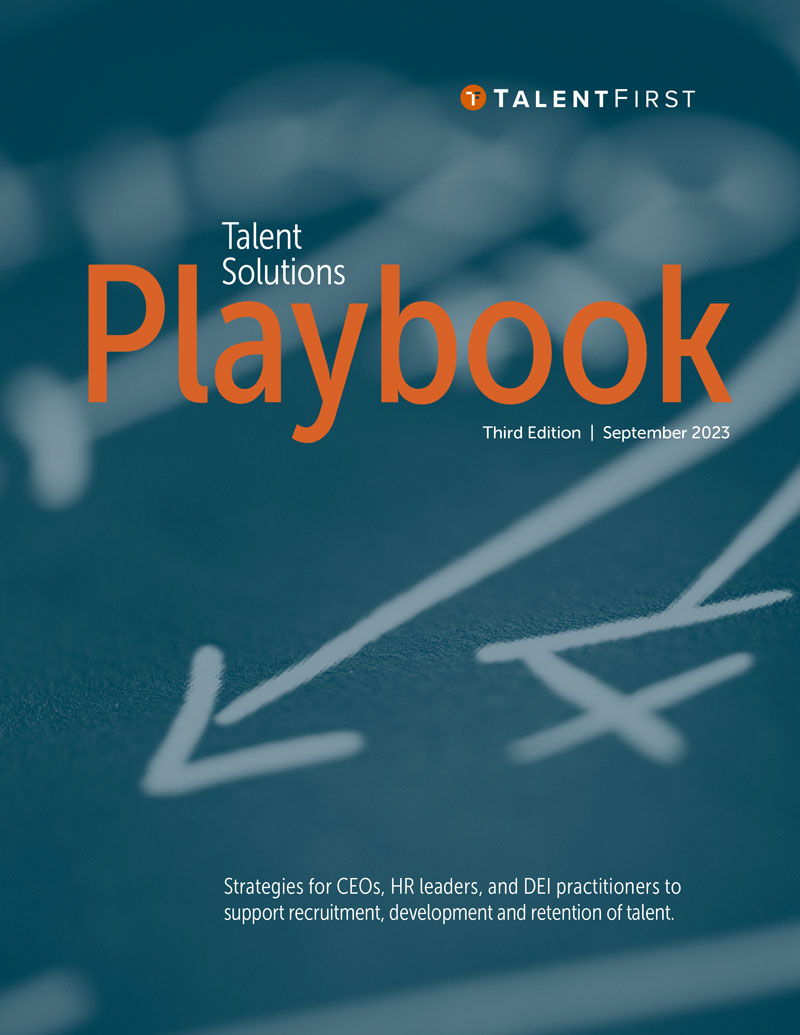Continually Develop New Skills
Upskilling is the process in which workers continually develop new skills to progress along a career pathway. Reskilling occurs when employees replace outdated, irrelevant skillsets with in-demand skills in order to make a career transition. Empowering workers to upskill and reskill allows organizations to develop internal pipelines for even the most skilled positions, while ensuring the capabilities of the workforce continually evolve to meet new demands. Employers should be aware of how both methods provide employees with coveted opportunities for growth.
How upskilling and reskilling can boost attraction, retention, and engagement:
- 50% of workers will require some level of reskilling to remain effective within the next 5 years
- Hiring new workers can be >2 times as expensive as upskilling and reskilling existing employees
- 94% of employees say they would stay at a company longer if their employers invested in their career development
- 81% of CEOs expected their companies to adopt new training methods in 2021. 73% were looking to create new custom skilling content
- Employees who move into new jobs internally are 3.5x more likely to be engaged employees than those who remain in their current jobs
- Employees at companies with high internal mobility remain 2x longer
KPIs for Upskilling Your Workforce
The objectives of learning and development (L&D) programs vary widely across companies, and chosen metrics should reflect those priorities. Are you looking to fill future talent gaps, refresh skillsets, improve retention, boost employee engagement, or all of the above? Employers should identify what’s important to their organization, then design upskilling and retraining programs around those priorities. Here are a few metrics to consider.
Internal Mobility
What percentage of total hires are internal candidates?
Employees at companies with high internal mobility stay almost twice as long as those with low internal mobility. They also tend to be more engaged and productive. Add metrics around promotions to scorecards – and reward and recognize leaders who do this extremely well.
- Does each role in the organization have a clear path for advancement defined by skill qualifications?
- Do new hires understand opportunities for advancement and available resources early on?
- Is it easier for employees to find internal opportunities than external ones?
Engagement and Completion Rates
How many employees participate in internal L&D programs or leverage tuition assistance programs? How many earn a credential or demonstrate a measurable skills gain?
Companies typically invest in tuition assistance or reimbursement programs, but often don’t know how many people graduated, what schools they attended, or if they actually enhanced their skillsets. These are critical factors to consider when communicating the business value of these programs.
- What percentage of employees are aware of these resources? Do they understand the benefits and potential career outcomes of continued learning?
- Are programs accessible? Do employees pay up front? Are there too many administrative burdens?
- Are managers equipped to discuss career advancement and support individual learning journeys?
- Does your organization offer flexibility to allow employees to attend training?
- Are skills and proficiencies documented? Can you currently measure skills gains?
